While looking for passive income investments, there is no better place to look than a good dividend stock. Dividend stocks come in all forms and sizes, and with volatility in the market, it can be hard to choose the correct one. Vanguard and Schwab have created exchange-traded funds (ETFs) of some of the best dividend stocks to help make investing simpler. In this article, we compare and contrast SCHD vs. VYM.
SCHD and VYM are the two best dividend ETFs on the market. They provide a yield of around 3% and have a low cost of ownership. There is plenty of diversification in each fund, but each is designed differently.
It is time to break down these two ETFs and see which one is the better dividend ETF in a head-to-head comparison of SCHD vs. VYM.
Affiliate
StockRover is one of the best stock, ETF, and mutual fund screeners and analysis tools. It has 8,500+ stocks, 4,000 ETFs, and 40,000 mutual funds. You can get access up to 650+ metrics and financial data. The Stock Rover platform includes watchlists, portfolio integration, portfolio rebalancing, e-mail and text alerts, future income forecasts, etc.
Why Choose a Dividend ETF?
There are different types of investors out there. Some look for growth stocks and hope that those investments will skyrocket. Others look for more passive income in the form of dividends. Dividends are a cash payout from the company to stock owners as a share of the profits.
A dividend ETF allows you to capture many different companies as a part of one fund. That could mean having Coke (KO), Pepsi (PEP), Verizon (VZ), and Home Depot (HD) all part of your portfolio but purchased together as an ETF.
The great thing is that investing is simpler when comparing ETFs to stocks. You buy one fund, and you will not have to do as much research on individual dividend stocks. In addition, if one company fails, you have many other companies to help reduce the impact and balance the fund.
SCHD and VYM are two of the most well-liked dividend ETFs out there. They have an excellent performance, high yield, and relatively low costs. These two dividend ETFs would be a great addition to your portfolio.
An Overview of SCHD
SCHD is a straightforward dividend ETF from Schwab trying to track and match the results of the Dow Jones Industrial 100 Dividend Index. It hopes to be a fundamental part of everyone’s portfolio by having companies that bring about sustainable and quality dividends to your portfolio.
It has 104 stocks under management and was created in 2011. The yield is sitting at 3.36%, with an expense ratio of 0.06%, which means it costs $6 for every $10,000 under management. The performance has been very close to the performance of VOO and VTI over the last ten years, making it a pretty good fund for a portfolio.
The Top 10 holdings of SCHD:
| Ticker |
Company |
Weighting (%) |
| MRK |
Merck |
4.39% |
| PEP |
Pepsi |
4.33% |
| IBM |
International Business Machines |
4.33% |
| KO |
Coca-Cola |
4.31% |
| AMGN |
Amgen |
4.27% |
| VZ |
Verizon |
4.24% |
| PFE |
Pfizer |
4.23% |
| CSCO |
Cisco |
4.09% |
| TXN |
Texas Instruments |
4.00% |
| HD |
Home Depot |
3.97% |
These Top 10 holdings make up approximately 42% of SCHD. The median market capitalization is about $121,270 million.
An Overview of VYM
VYM is a high dividend exchange-traded fund by Vanguard. It seeks to track the FTSE High Dividend Yield Index. The aim is to have a diversified portfolio full of high dividend common stocks that will help generate passive income. It invests in over 400 different companies bringing about additional diversification to the portfolio. The yield is about 3.04%.
The Top 10 holdings of VYM:
| Ticker |
Company |
Weighting (%) |
| JNJ |
Johnson & Johnson |
3.48% |
| XOM |
Exxon Mobile |
2.69% |
| PG |
Proctor & Gamble |
2.56% |
| JPM |
JP Morgan & Chase |
2.45% |
| PFE |
Pfizer |
2.21% |
| CVX |
Chevron |
2.12% |
| HD |
Home Depot |
2.11% |
| LLY |
Eli Lilly |
2.04% |
| ABBV |
AbbVie |
2.02% |
| KO |
Coca-Cola |
1.83% |
Source: Vanguard Website (as of June 30, 2022)
These top ten companies make up about 23.5% of VYM.
Similarities: SCHD vs. VYM
These two ETFs are similar in that they both have an expense ratio of 0.06%, meaning they cost about $6 for every $10,000 invested. Therefore, it allows the investor to have low costs as they invest in either of these funds.
The other thing they are similar besides the low cost is the ability to be a top dividend ETF with a roughly 3% yield. There are a few different dividend ETFs, but they cannot compare to the performance, low cost, and excellent dividend yields that both SCHD and VYM provide investors. Either one of these would be a great addition to your portfolio.
Differences: SCHD vs. VYM
| Ticker |
SCHD |
VYM |
| Name |
Schwab US Dividend Equity ETF |
Vanguard High Dividend Yield ETF |
| Index |
Schwab US Dividend Equity ETF |
Vanguard High Dividend Yield ETF |
| Number of Stocks |
104 |
443 |
| Expense Ratio |
0.06% |
0.06% |
| Price |
$73.84 |
$106.39 |
| 30-Day SEC Yield |
3.36% |
3.04% |
| P/E Ratio |
14.38X |
14.1X |
| Total Assets |
$121.27B |
$55.6B |
Differences in Their Holdings
SCHD holds about 104 different companies with a market-weighted average that tracks the Dow Jones Industrial 100 Dividend index. The top 10 holdings comprise about 42% of the ETF, making SCHD more concentrated vs. VYM.
VYM holds about 443 different companies. The larger quantity of companies allows investors to have a higher diversification. The top 10 holdings make up 23% of the entire fund.
The main difference is that SCHD has a higher portfolio concentration vs. VYM, but with 104 companies, you can capture some of the best dividend stocks on the market.
VYM holds hundreds of companies, but not everyone will do well, especially in down markets. As a result, the performance will not fare as well as SCHD, which has a higher concentration. However, one benefit is that VYM is more diversified.
Differences in Their Sectors
The two funds differ in their sector weightings, sometimes significantly. The most obvious difference is the Energy, Healthcare, and Technology sectors. SCHD has a much higher weighting in Technology, but VYM has a higher weighting in Energy and Healthcare. SCHD also owns more Industrials.
| Sector |
SCHD |
VYM |
| Basic Materials |
3.75% |
3.90% |
| Consumer Discretionary |
6.38% |
8.20% |
| Consumer Staples |
14.69% |
13.40% |
| Energy |
4.71% |
9.20% |
| Financials |
19.64% |
19.40% |
| Healthcare |
12.89% |
15.50% |
| Industrials |
11.19% |
9.90% |
| Real Estate |
0.00% |
0.00% |
| Technology |
20.78% |
6.60% |
| Telecommunications |
5.63% |
5.50% |
| Utility |
0.33% |
8.40% |
Source: Schwab and Vanguard Website (as of June 30, 2022)
The Dividend Yield Differs
VYM is supposed to be an ETF focused on high dividend stocks. It has a dividend yield of 3.04%. On the other hand, SCHD has just 104 companies giving it a dividend yield of 3.36%. SCHD has a larger number of high-yield stocks. For example, the top 10 holdings include IBM and VZ, each yielding 5%+.
The Overall Performance Over a Long Period
When looking at performance, it is best to look at the longer horizon of a fund. In the short term, there can be some significant volatility that will skew results.
In ten years, SCHD has averaged a return of 13.32%. In that same ten-year period, VYM has averaged a return of 11.45%.
SCHD performs better over the long run, which matches very closely with ETFs like VTI or VOO. This divergence can be attributed to the different underlying benchmarks, fund inception dates, and sector weightings. For example, SCHD is strongly weighted toward Technology, while VYM’s top sector is Financials.
SCHD vs. VYM: Which Dividend ETF Is the Best?
As you look at these two dividend ETFs, you will notice that they are similar but have many differences. If you want to look at a longer horizon, you will see that SCHD performs better.
SCHD does not have the amount of diversification as VYM, and it doesn’t need to. However, capturing the return of the top 100 best dividend stocks allows the investor to have a more significant percentage in those stocks that perform better over the long run.
VYM has over 400 different companies, but the top 10 only encompasses about 23% of the entire portfolio. As you look at the percentage of some stocks, it is a minuscule amount at ~0.1% of the whole portfolio. These can be companies you may have never heard of. VYM does have the value of being a Vanguard fund, low costs, and a good bit of diversification, but it has a hard time competing with the SCHD from the perspective of total return.
Thanks for reading SCHD vs. VYM: Which Dividend ETF Is The Best?
Disclosure: None
Author Bio: Steve Cummings is the founder of the personal finance blog The Frugal Expat. As a traveler and expat, he has learned a lot about how to save money, live frugally, and invest for the future. His mission is to help people in saving, investing, reaching financial independence, and traveling.
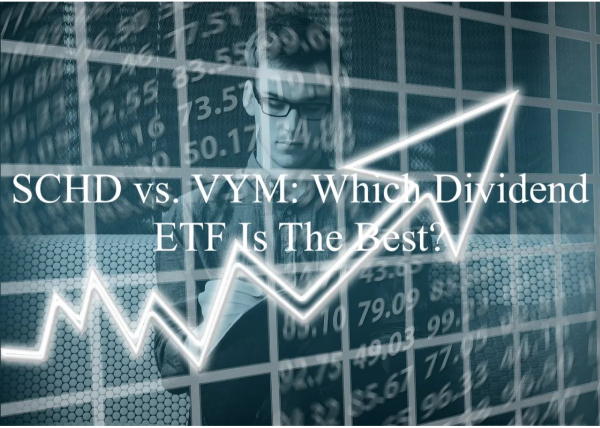




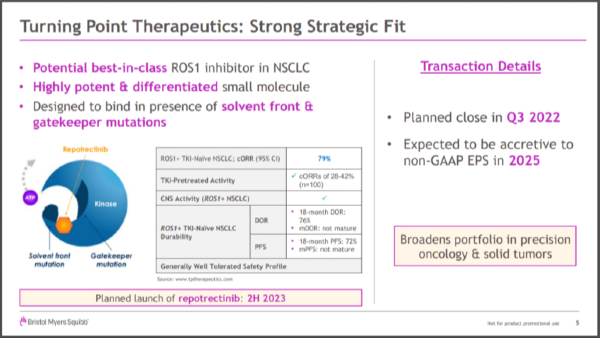




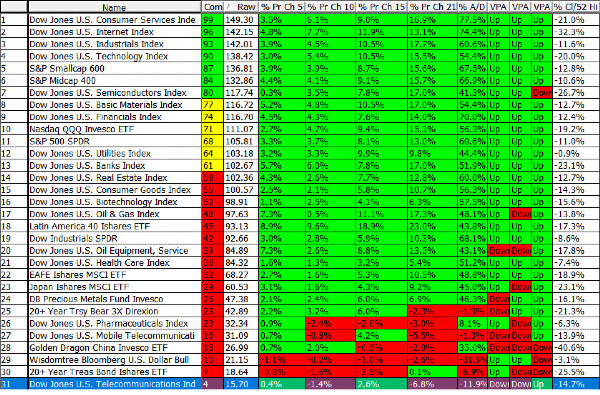




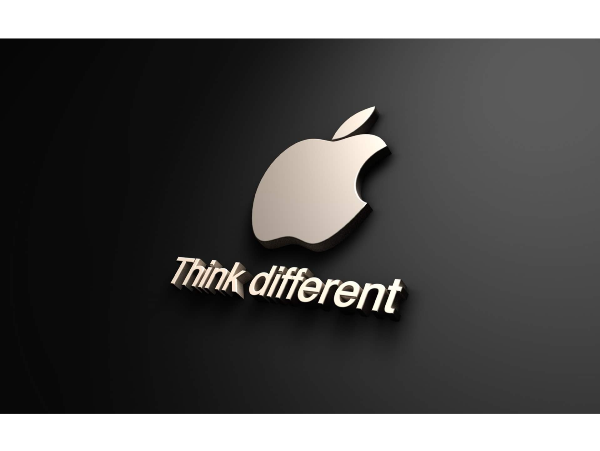
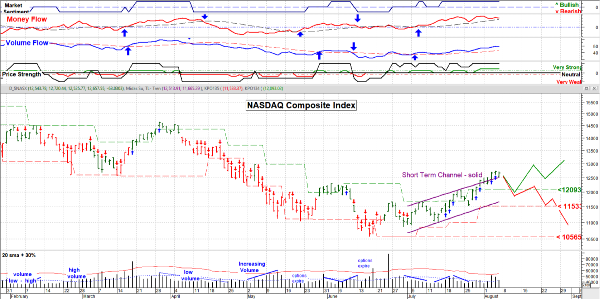
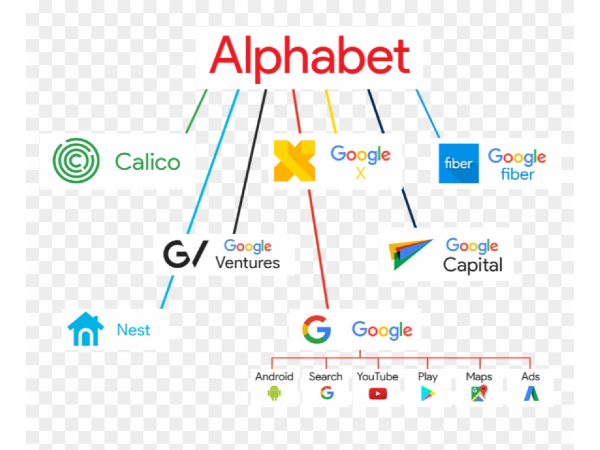

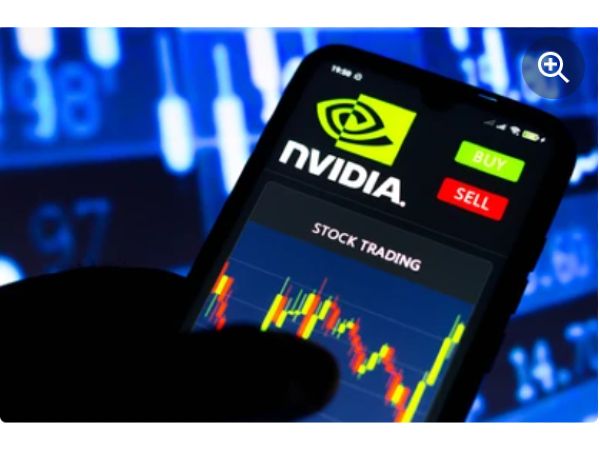

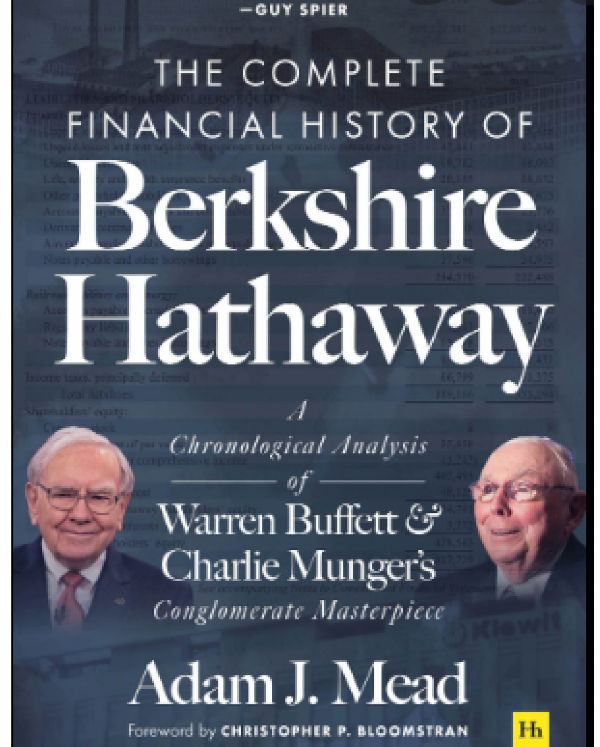
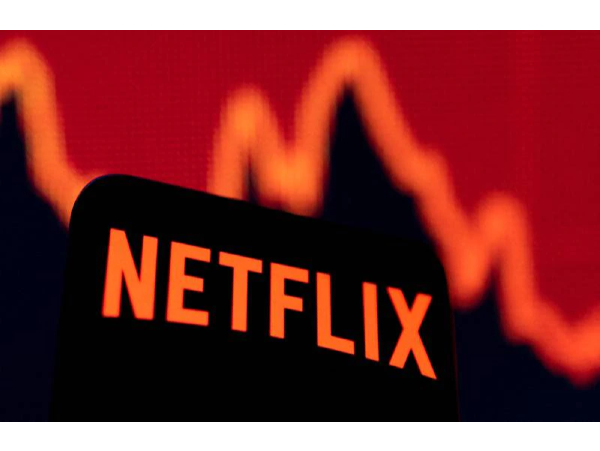








While looking for passive income investments, there is no better place to look than a good dividend stock. Dividend stocks come in all forms and sizes, and with volatility in the market, it can be hard to choose the correct one. Vanguard and Schwab have created exchange-traded funds (ETFs) of some of the best dividend stocks to help make investing simpler. In this article, we compare and contrast SCHD vs. VYM.
SCHD and VYM are the two best dividend ETFs on the market. They provide a yield of around 3% and have a low cost of ownership. There is plenty of diversification in each fund, but each is designed differently.
It is time to break down these two ETFs and see which one is the better dividend ETF in a head-to-head comparison of SCHD vs. VYM.
Affiliate
StockRover is one of the best stock, ETF, and mutual fund screeners and analysis tools. It has 8,500+ stocks, 4,000 ETFs, and 40,000 mutual funds. You can get access up to 650+ metrics and financial data. The Stock Rover platform includes watchlists, portfolio integration, portfolio rebalancing, e-mail and text alerts, future income forecasts, etc.
Why Choose a Dividend ETF?
There are different types of investors out there. Some look for growth stocks and hope that those investments will skyrocket. Others look for more passive income in the form of dividends. Dividends are a cash payout from the company to stock owners as a share of the profits.
A dividend ETF allows you to capture many different companies as a part of one fund. That could mean having Coke (KO), Pepsi (PEP), Verizon (VZ), and Home Depot (HD) all part of your portfolio but purchased together as an ETF.
The great thing is that investing is simpler when comparing ETFs to stocks. You buy one fund, and you will not have to do as much research on individual dividend stocks. In addition, if one company fails, you have many other companies to help reduce the impact and balance the fund.
SCHD and VYM are two of the most well-liked dividend ETFs out there. They have an excellent performance, high yield, and relatively low costs. These two dividend ETFs would be a great addition to your portfolio.
An Overview of SCHD
SCHD is a straightforward dividend ETF from Schwab trying to track and match the results of the Dow Jones Industrial 100 Dividend Index. It hopes to be a fundamental part of everyone’s portfolio by having companies that bring about sustainable and quality dividends to your portfolio.
It has 104 stocks under management and was created in 2011. The yield is sitting at 3.36%, with an expense ratio of 0.06%, which means it costs $6 for every $10,000 under management. The performance has been very close to the performance of VOO and VTI over the last ten years, making it a pretty good fund for a portfolio.
The Top 10 holdings of SCHD:
These Top 10 holdings make up approximately 42% of SCHD. The median market capitalization is about $121,270 million.
An Overview of VYM
VYM is a high dividend exchange-traded fund by Vanguard. It seeks to track the FTSE High Dividend Yield Index. The aim is to have a diversified portfolio full of high dividend common stocks that will help generate passive income. It invests in over 400 different companies bringing about additional diversification to the portfolio. The yield is about 3.04%.
The Top 10 holdings of VYM:
Source: Vanguard Website (as of June 30, 2022)
These top ten companies make up about 23.5% of VYM.
Similarities: SCHD vs. VYM
These two ETFs are similar in that they both have an expense ratio of 0.06%, meaning they cost about $6 for every $10,000 invested. Therefore, it allows the investor to have low costs as they invest in either of these funds.
The other thing they are similar besides the low cost is the ability to be a top dividend ETF with a roughly 3% yield. There are a few different dividend ETFs, but they cannot compare to the performance, low cost, and excellent dividend yields that both SCHD and VYM provide investors. Either one of these would be a great addition to your portfolio.
Differences: SCHD vs. VYM
Differences in Their Holdings
SCHD holds about 104 different companies with a market-weighted average that tracks the Dow Jones Industrial 100 Dividend index. The top 10 holdings comprise about 42% of the ETF, making SCHD more concentrated vs. VYM.
VYM holds about 443 different companies. The larger quantity of companies allows investors to have a higher diversification. The top 10 holdings make up 23% of the entire fund.
The main difference is that SCHD has a higher portfolio concentration vs. VYM, but with 104 companies, you can capture some of the best dividend stocks on the market.
VYM holds hundreds of companies, but not everyone will do well, especially in down markets. As a result, the performance will not fare as well as SCHD, which has a higher concentration. However, one benefit is that VYM is more diversified.
Differences in Their Sectors
The two funds differ in their sector weightings, sometimes significantly. The most obvious difference is the Energy, Healthcare, and Technology sectors. SCHD has a much higher weighting in Technology, but VYM has a higher weighting in Energy and Healthcare. SCHD also owns more Industrials.
Source: Schwab and Vanguard Website (as of June 30, 2022)
The Dividend Yield Differs
VYM is supposed to be an ETF focused on high dividend stocks. It has a dividend yield of 3.04%. On the other hand, SCHD has just 104 companies giving it a dividend yield of 3.36%. SCHD has a larger number of high-yield stocks. For example, the top 10 holdings include IBM and VZ, each yielding 5%+.
The Overall Performance Over a Long Period
When looking at performance, it is best to look at the longer horizon of a fund. In the short term, there can be some significant volatility that will skew results.
In ten years, SCHD has averaged a return of 13.32%. In that same ten-year period, VYM has averaged a return of 11.45%.
SCHD performs better over the long run, which matches very closely with ETFs like VTI or VOO. This divergence can be attributed to the different underlying benchmarks, fund inception dates, and sector weightings. For example, SCHD is strongly weighted toward Technology, while VYM’s top sector is Financials.
SCHD vs. VYM: Which Dividend ETF Is the Best?
As you look at these two dividend ETFs, you will notice that they are similar but have many differences. If you want to look at a longer horizon, you will see that SCHD performs better.
SCHD does not have the amount of diversification as VYM, and it doesn’t need to. However, capturing the return of the top 100 best dividend stocks allows the investor to have a more significant percentage in those stocks that perform better over the long run.
VYM has over 400 different companies, but the top 10 only encompasses about 23% of the entire portfolio. As you look at the percentage of some stocks, it is a minuscule amount at ~0.1% of the whole portfolio. These can be companies you may have never heard of. VYM does have the value of being a Vanguard fund, low costs, and a good bit of diversification, but it has a hard time competing with the SCHD from the perspective of total return.
Thanks for reading SCHD vs. VYM: Which Dividend ETF Is The Best?
Disclosure: None
Author Bio: Steve Cummings is the founder of the personal finance blog The Frugal Expat. As a traveler and expat, he has learned a lot about how to save money, live frugally, and invest for the future. His mission is to help people in saving, investing, reaching financial independence, and traveling.
Originally Posted on dividendpower.org